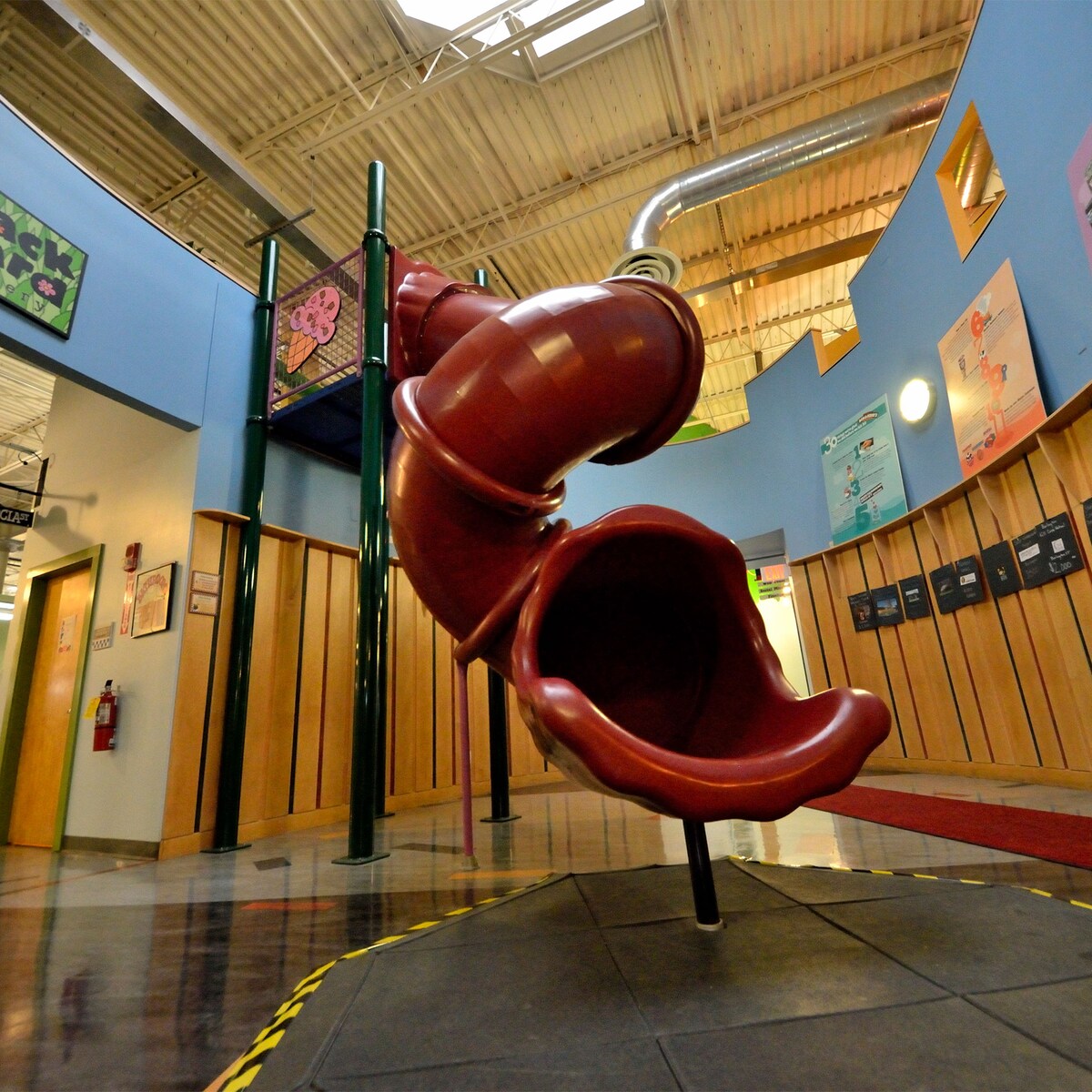December 1, 2016

Refugee Terminology 101
We all know the outs – and definitely the ins – of an ice cream pint, but we wanted to take some time to break down a more complex, and far more important, issue.
To help understand the refugee crisis, it’s critical to know the key terms – so let’s start there. Here we’ll dive into some words that have become commonplace, but who wants to be the one in the group to have to ask what they are? Never fear, we’ve got you covered! We’ve broken down these terms and why they matter:
Starting Simple
Refugee
The Basics: The UNHCR (UN Refugee Agency) defines refugees as ‘persons fleeing armed conflict or persecution’. Refugees are recognized and protected under international law, since returning to their home countries would directly endanger their lives.
Why It Matters: According to the latest figures, there are a staggering 21.3 million refugees across the globe. That’s one in every 350 people on Earth!
Refugee Camp
The Basics: Refugee camps are temporary shelters built to accommodate refugees, migrants, and asylum seekers.
Why It Matters: Although temporary in principle, many have been there so long that they’ve grown into fully self-governing cities. Kenya’s Kakuma camp houses nearly 185,000 people, putting it on par with Knoxville, Tennessee, making their governance and management extremely important
Internally Displaced People (IDPs)
The Basics: IDPs are effectively refugees within their own country. Many of them are fleeing for the very same reasons, but because they remain in their home countries they lack refugee status.
Why It Matters: The lack of refugee status, and associated support and legal protection, means they’re among the most marginalized and vulnerable people on Earth. Of the world’s 65.3 million forcibly displaced people, over 60% of them are IDPs. Syria alone had 6.6 million IDPs in 2015, and the UNHCR predicts the number may rise as high as 8.7 million within this year.

201 Terms
Asylum Seeker
The Basics: ‘Asylum’ is the legal protection given to anyone fleeing their home on grounds of persecution for race, religion, nationality or political beliefs. In other words, a would-be refugee, awaiting refugee status and protection.
Why it Matters: Right now, there are more asylum seekers than any other time in history, and their rights are critically important. The EU received over 1.3 million applications from asylum seekers in 2015 alone! Not all asylum seekers are eventually classed as refugees for a variety of reasons.
Tolerated Zone
The Basics: Tolerated zones are unofficial refugee camps that are allowed to form. While official refugee camps are built and administered by governments, the UN, the ICRC, or other organizations, tolerated zones exist in a murky, legal grey area.
Why it Matters: Due to lack of official status, this leaves inhabitants of tolerated zones largely left to fend for themselves. Unsurprisingly, this causes some problems. Things famously came to a head in the notorious Calais Jungle – perhaps the world’s best-known example – back in October, when it was cleared by the French authorities, leaving many homeless.
Refoulement
The Basics: This is the expulsion of people who have a right to refugee status. Given the inherent plight of being a refugee, this is about as bad as it gets. The term comes from the French verb refouler, which means ‘to force back’.
Why it Matters: While there are rules forbidding refoulement of refugees, the rules do not apply to asylum seekers. This means governments could force those seeking asylum back into the dangerous conditions in their home country which they were fleeing from.
Thus concludes our crash course in refugee terminology. Now that you’re fully up to speed with all the jargon, be sure to learn more and join the fight for human rights, here!

Learn more and join the fight for human rights here!


